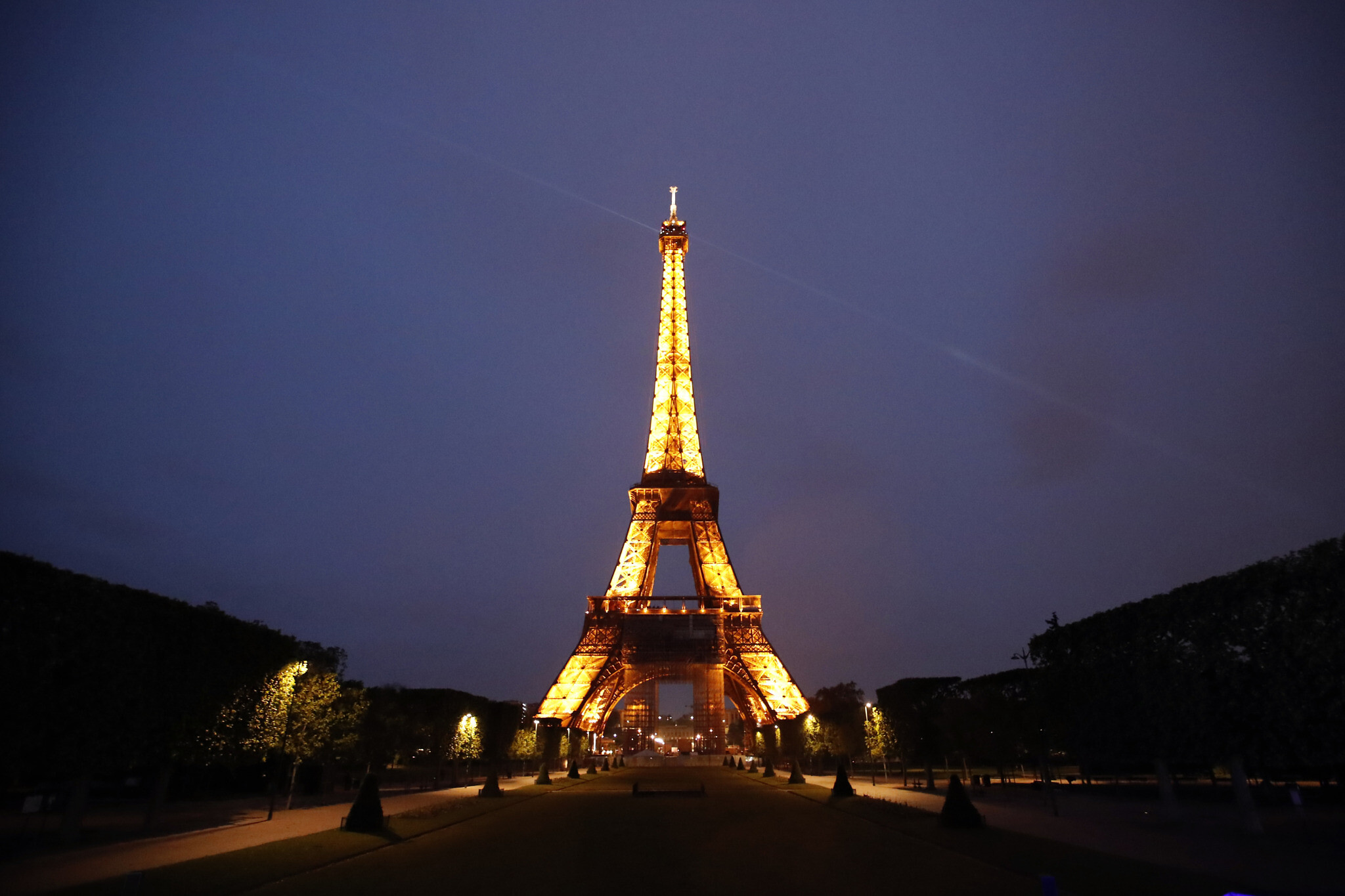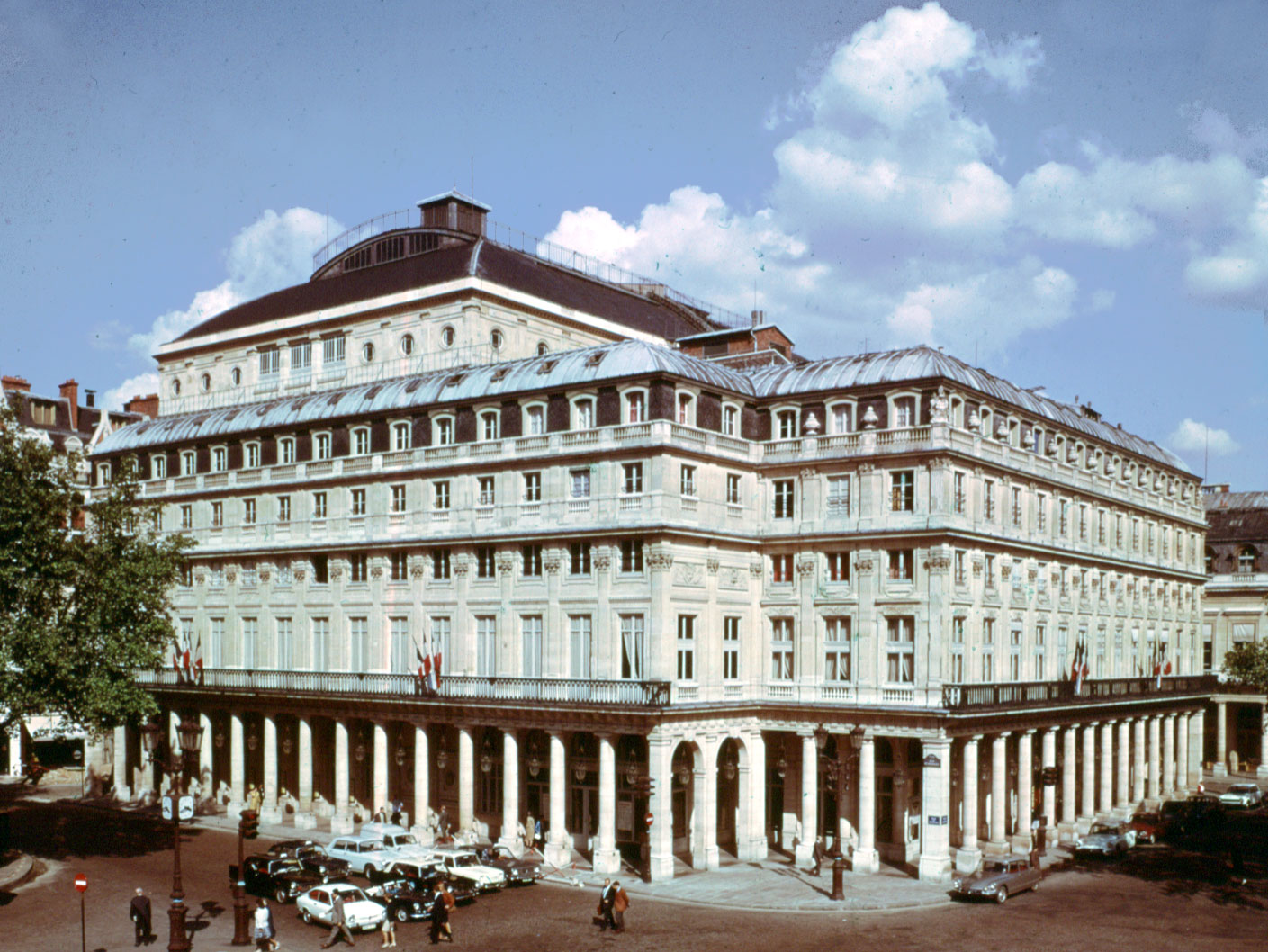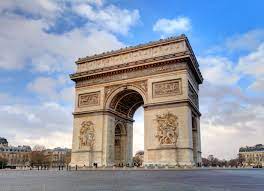Venue & Hospitality
City Highlights
About City
Paris is the capital and most populous city of France, with an estimated population of 2,175,601 residents as of 2018, in an area of more than 105 square kilometres. Since the 17th century, Paris has been one of Europe's major centres of finance, diplomacy, commerce, fashion, gastronomy, science, and arts. The City of Paris is the centre and seat of government of the region and province of France, or Paris Region, which has an estimated population of 12,174,880, or about 18 per cent of the population of France as of 2017. The Paris Region had a GDP of €709 billion in 2017. According to the Economist Intelligence Unit Worldwide Cost of Living Survey in 2018, Paris was the second most expensive city in the world, after Singapore and ahead of Zurich, Hong Kong, Oslo, and Geneva. Another source ranked Paris as most expensive, on par with Singapore and Hong Kong, in 2018.
How to reach Paris :
Flight:
Paris has well-maintained airline services that connect the city to other international cities. The three major international airports are Charles de Gaulle International Airport, Orly International Airport and Paris-Beauvais Airport. A number of direct flights operate from Indian metro cities by Air India, Air France, Jet Airways, Etihad, Vistara Airlines and more. Beauvais Airport mostly serves low-budget flights from Budapest, Dublin and other cities.
Nearest Airport: Paris Airport, Paris
Rail:
The train system in Paris enjoys super connectivity within and outside the city. There are six train stations that operate timely train services carrying passengers to and from various cities. The Eurostar high-speed railway operates travel to European cities as well.
City Attractions:
1.Eiffel Tower
What would Paris be without its symbolic Eiffel Tower? Built by Gustave Eiffel to commemorate the centenary of the French Revolution, it is presented at the Exposition Universally in Paris in 1889. 324 meters high, it is one of the most visited monuments in the world with nearly 7 million visitors a year.
Notre Dame Cathedral:
One of the most enduring symbols of Paris: Notre-Dame de Paris, also known as Notre Dame, a Roman Catholic cathedral is located on the eastern half of the Ile de la Cité. It is widely considered one of the finest examples of French Gothic architecture in France and Europe. Begun in 1163 and completed in 1345, this cathedral is a sight with its portals surrounded by his many sculptures and gargoyles that adorn the roof.
Louvre Museum:
The Louvre is the most visited art museum in the world. Located in the heart of Paris, this historic building is a former royal palace, with an area of 210,000 square meters including 60,600 for the exhibitions. The museum is housed in the Louvre, originally a fortress built in the late 12th century under Philip II. The remains of the fortress are visible in the basement of the museum.
Champs Elysees / Arc of Triumph:
Under the spell of ancient Roman architecture, Napoleon commissioned Jean Chalgrin the design of a triumphal arch dedicated to the glory of imperial armies. Built in the 19th century, it is the largest monument of its kind in the world. Impressive sculptures adorn its pillars. In addition, the names of 558 generals and the great victories are engraved on the top of the arc. Under the Arc de Triomphe is the Tomb of the Unknown Soldier of France
Cruise on the Seine:
Find the best way to visit the "City of Light" enjoying a cruise on the Seine, especially at night. When the sun sets, the monuments are lit slowly. You get a panoramic view to the forefront so you can enjoy the beauty of Paris: Eiffel Tower, Notre Dame, Pont Alexandre III and many more.
Montmartre:
Montmartre is a hill located in the north of Paris, 130 meters high, having its name to the surrounding neighborhood. It is best known for the white-domed Basilica of the Sacred Heart, at the top. It was completed in 1919 and honors the French victims of the Franco-Prussian war of 1870.
Palace of Versailles:
The Chateau de Versailles is the most famous castle in France. Built in the 17th century as a symbol of military power of France and as a demonstration of French supremacy in Europe, Versailles was the seat of political power in the Kingdom of France from 1682 to 1789. This huge complex of buildings, gardens and terraces is definitely a must for any visitor who will be captivated by exceptional accommodations, lavish decorations, furniture and gilded works of Renaissance art.
The Latin Quarter - Luxembourg Park:
The Latin Quarter of Paris is located on the left bank of the Seine, around the Sorbonne. Known for its student life, lively atmosphere and bistros, the Latin Quarter is the home to many higher education institutions, such as the Ecole Normale Superieure, the Ecole des Mines de Paris or the Ecole Polytechnique. The area takes its name from the Latin language, which was once widespread in and around the University since Latin was the international language of learning in the Middle Ages.
Moulin Rouge:
The Moulin Rouge is a cabaret known as the spiritual birthplace of the famous French Cancan. Located at the foot of Montmartre hill in the heart of Pigalle, it was built in 1889 by Joseph Oller and Charles Zidler. Initially introduced as a courtship dance, the cancan made possible the birth of the cabaret, now present in many countries around the world. Today, the Moulin Rouge is a tourist attraction, providing entertainment for visitors from around the world.
Disneyland :
Fans of Mickey can visit Disneyland Paris which is located 32 km from central Paris, with a connection to the suburban RER A.Disneyland Paris has two theme parks: Disneyland (with Sleeping Beauty's castle) and Walt Disney Studios. Top attractions are Space Mountain; it’s a Small World and Big Thunder Mountain.
Venue





